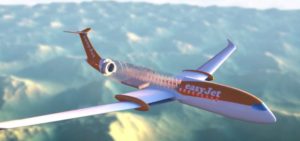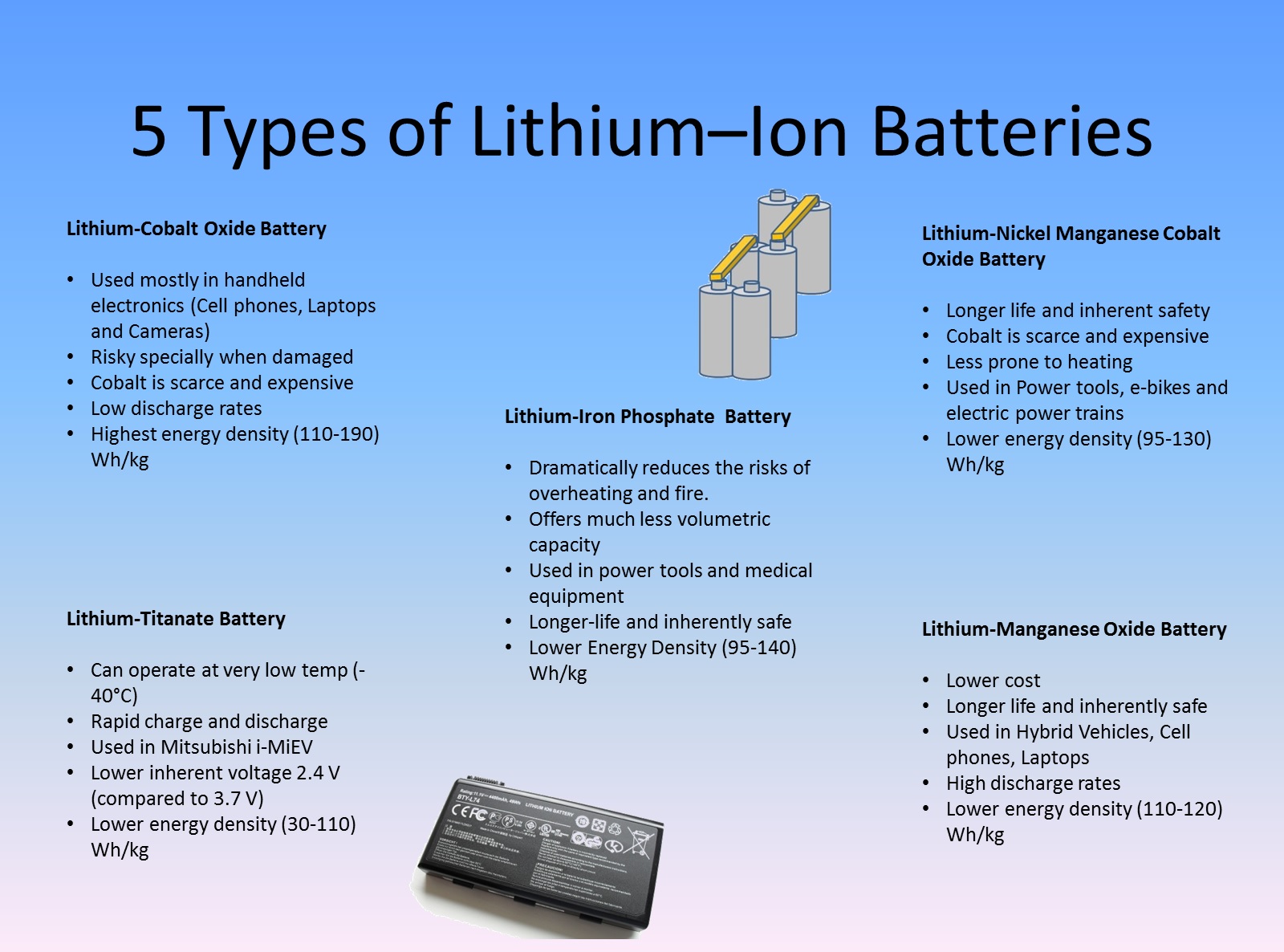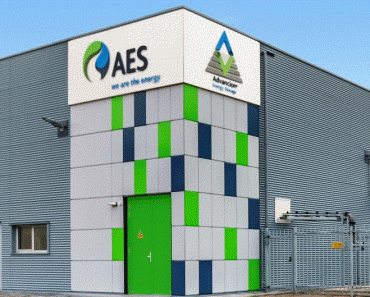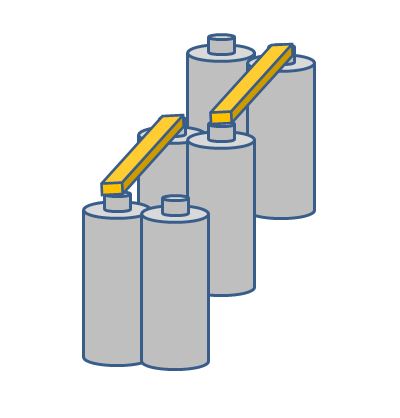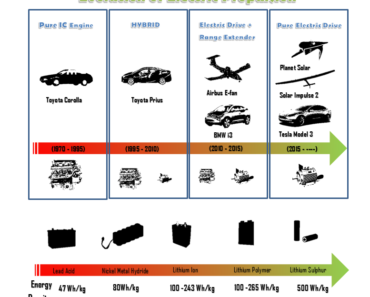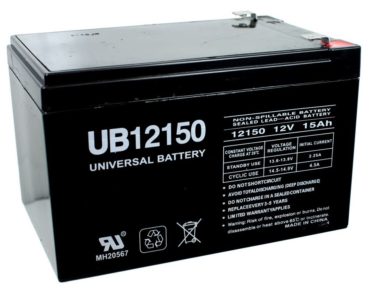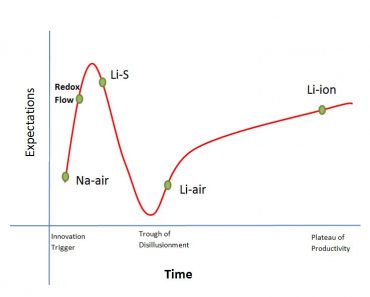On the 27th of September 2017, UK’s largest budget airline Easyjet and US firm Wright Electric announced the development of a battery powered aircraft. The aircraft will be used for short haul flights such as London-Paris (approximately 300 miles).
Battery technology has come a long way since its inception. The recent transition from Lead Acid to Lithium Ion has lead to the emergence of entirely new vehicles. These include electric Mopeds, Segway and Drones. Most of all, Lithium Ion technology has allowed the electric cars to evolve to a level where they can match their Internal Combustion Engine (ICE) counterparts.
There are now plans of electric aviation. Multi copter electric drones are being tested for transporting humans. A solar powered aircraft (Solar Impulse) , that used electric motors for propulsion and solar PV panels for producing electricity.
For having the dream of short haul electric flights become a reality, the battery technology has to evolve further. In high performance battery packs, the battery technology has already reached energy density values of 250 Wh/kg.
It needs to increase at least two folds before electric flights with a reasonable payload can be considered. Lithium Ion battery technology is reaching its maturity. It can be expected that in the next five years we may increase the energy density by 10-50%, but chances are slim that it will get any higher.
There is promise in emerging technologies like Lithium-Sulphur batteries. It should be noted that Lithium-Sulphur battery has already been successfully tested in the longest Unmanned Ariel Vehicle called the Zephyr. The aircraft could remain continuously in the air without the need for refuelling. It used Lithium Sulphur batteries during the night and Solar cell during the day. By flying above the low level clouds, a certain amount of solar insolation is ensured.
While Solar Impulse was privately funded and Zephyr was built with a military interest, it is heartening to see that commercial concerns taking and interest in electric flights. It should be noted that aviation companies are now feeling the pinch by the governments for reducing CO2 emissions. EasyJet has its own carbon emission target of 72 grams of CO2 per passenger per mile by the year 2022. This would be a 10 per cent reduction from today’s performance and a 38 per cent improvement from 2000.
Feel free to share this article using the buttons below.

